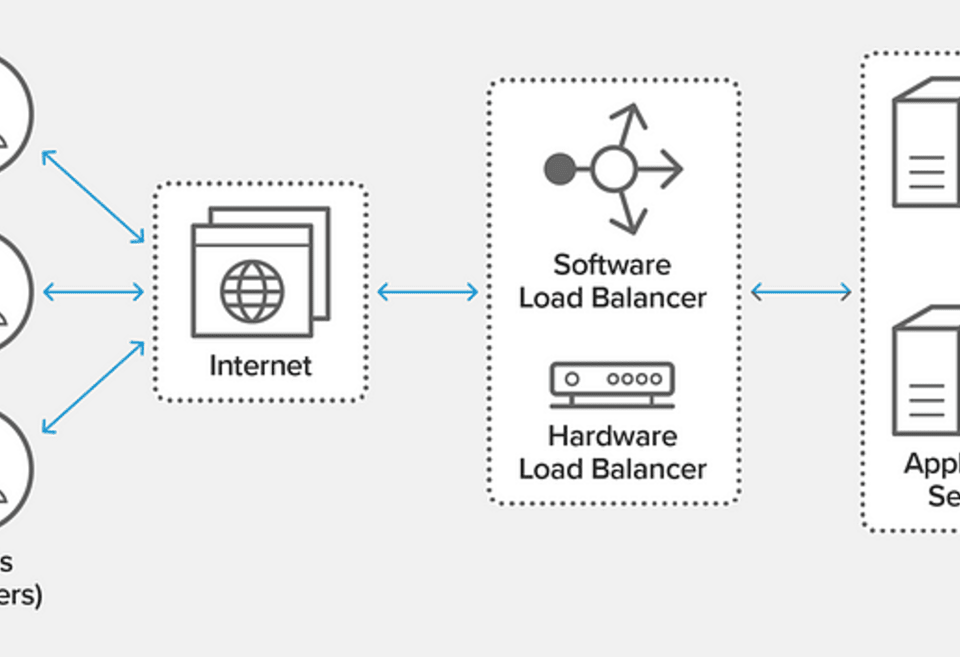What Socket.IO is

How To Create A Remarkable Tracker App Like Celltracker.io
6th July 2021
4 WAYS VOICE SEARCH WILL CHANGE THE PROSPECT OF SEO
8th July 2021Socket.IO is a library that enables real-time, bidirectional, and event-based communication between the browser and the server. It consists of:
- a Node.js server: Source | API
- a Javascript client library for the browser (which can be also run from Node.js): Source | API

- Java: https://github.com/trinopoty/socket.io-server-java
- Python: https://github.com/miguelgrinberg/python-socketio
How does that work?
The client will try to establish a WebSocket connection if possible, and will fall back on HTTP long-polling if not.
WebSocket is a communication protocol that provides a full-duplex and low-latency channel between the server and the browser. More information can be found here.
So, in the best-case scenario, provided that:
- the browser supports WebSocket (97% of all browsers in 2020)
- there is no element (proxy, firewall, …) preventing WebSocket connections between the client and the server
you can consider the Socket.IO client as a “slight” wrapper around the WebSocket API. Instead of writing:
const socket = new WebSocket(“ws://localhost:3000”);
socket.onopen = () => {
socket.send(“Hello!”);
};
socket.onmessage = (data) => {
console.log(data);
};
You will have, on the client-side:
const socket = io(“ws://localhost:3000”);
socket.on(“connect”, () => {
// either with send()
socket.send(“Hello”);
// or with emit() and custom event names
socket.emit(“salutations”, “Hello!”, { “mr”: “john” }, Uint8Array.from([1, 2, 3, 4]));
});
// handle the event sent with socket.send()
socket.on(“message”, data => {
console.log(data);
});
// handle the event sent with socket.emit()
socket.on(“greetings”, (elem1, elem2, elem3) => {
console.log(elem1, elem2, elem3);
});
The API on the server-side is similar, you also get a socket object which extends the Node.js EventEmitter class:
const io = require(“socket.io”)(3000);
io.on(“connection”, socket => {
// either with send()
socket.send(“Hello!”);
// or with emit() and custom event names
socket.emit(“greetings”, “Hey!”, { “ms”: “jane” }, Buffer.from([4, 3, 3, 1]));
// handle the event sent with socket.send()
socket.on(“message”, (data) => {
console.log(data);
});
// handle the event sent with socket.emit()
socket.on(“salutations”, (elem1, elem2, elem3) => {
console.log(elem1, elem2, elem3);
});
});
Socket.IO provides additional features over a plain WebSocket object, which are listed below.
But first, let’s detail what the Socket.IO library is not.
What Socket.IO is not
Socket.IO is NOT a WebSocket implementation. Although Socket.IO indeed uses WebSocket as a transport when possible, it adds additional metadata to each packet. That is why a WebSocket client will not be able to successfully connect to a Socket.IO server, and a Socket.IO client will not be able to connect to a plain WebSocket server either.
// WARNING: the client will NOT be able to connect!
const socket = io(“ws://echo.websocket.org”);
If you are looking for a plain WebSocket server, please take a look at ws or uWebSockets.js.
There are also talks to include a WebSocket server in the Node.js core.
On the client-side, you might be interested in the robust-websocket package.
Features
Here are the features provided by Socket.IO over plain WebSockets:
- reliability (fallback to HTTP long-polling in case the WebSocket connection cannot be established)
- automatic reconnection
- packet buffering
- acknowledgments
- broadcasting to all clients or to a subset of clients (what we call “Room”)
- multiplexing (what we call “Namespace”)
Please find more details about how it works here.
What is the use of Socket.io in node js?
Socket.IO enables real-time bidirectional event-based communication. It works on every platform, browser, or device, focusing equally on reliability and speed. Socket.IO is built on top of the WebSockets API (Client-side) and Node. js.





